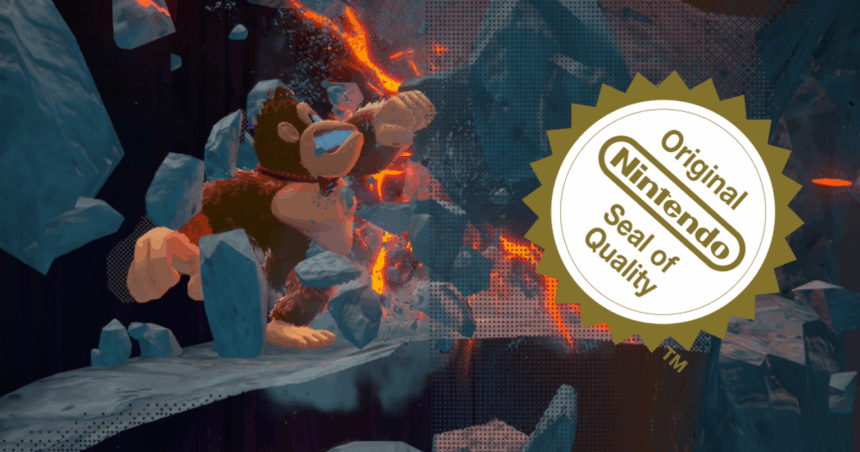As with the original Switch, my favourite button on the Switch 2 is the screenshot button. And if you were to look at my screenshot library after this weekend you’d see a trend emerging. One image after the next, all focused on the weird, perversely beautiful world of Donkey Kong Bananza. Radioactive grasslands. Teetering bosses. Bizarre colour-clash combinations. But more than that – clipping! Oh the clipping. You never saw so much clipping.
Do I mean clipping? Maybe it’s “near-plan fading”, or something similar. What I mean is those moments in 3D games where the camera has to disappear part-way through a wall in order to frame the action. Those moments where you understand that polygonal geometry is always thin – it’s always Euclidean “breadthless length” thin. I remember seeing the first 3D games when I was at university, Tomb Raider and later on Mario 64 in my case, and being legit scandalised by the way that the camera would pass through a wall and render an image that was functional but imperfect. After years of the deft rigours of 2D games, the idea that 3D games would allow you to glimpse them like this was weirdly troubling.
For years, it felt like 3D games got better at hiding this side of themselves. They gave the camera bigger areas to play in so it never had to drift out of bounds. They gave it special case programming for narrow spaces. Maybe, too, the games themselves became moderately less ambitious, in the way that the film camera became less ambitious when silent movies transitioned to talkies and the restless flights and twists and dives of things like Wings were replaced with shot, reverse-shot.
Anyway, whatever the reason, all of that stuff is gloriously out the window now with the new Donkey Kong. Because the new Donkey Kong is about punching your way through the level, which means that the camera has to adapt to a very big gorilla making its own very small tunnels wherever it wants to go. It has to cope with a dangerous blend of player power and play freedom. And the response Nintendo has made? The response is glorious. Nintendo has decided it literally does not care how the game looks as it tries to frame the ensuing action. Do as you will!
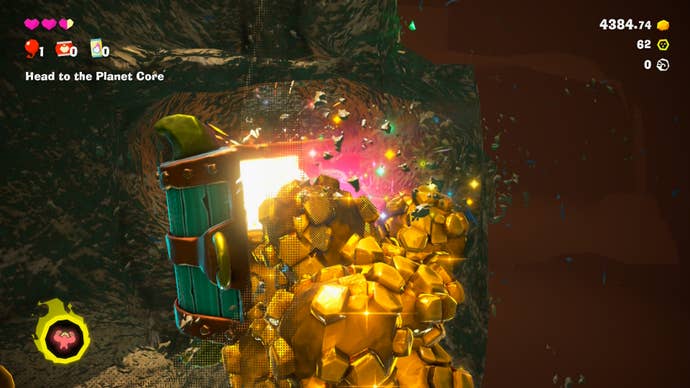
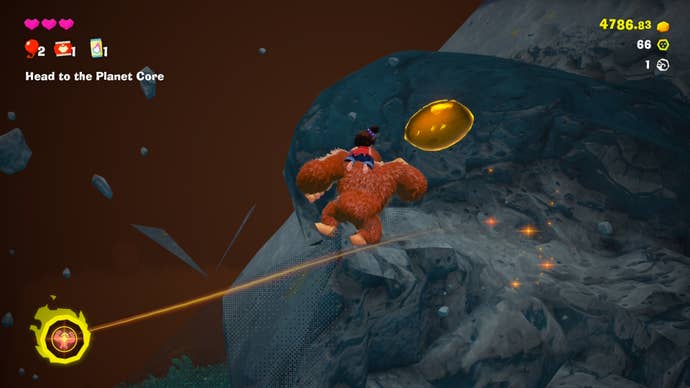
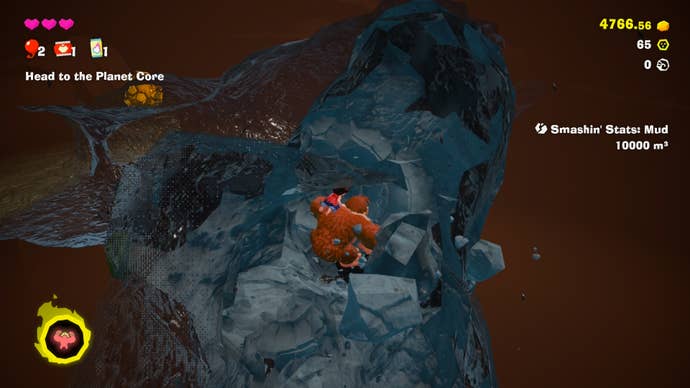
Look at this stuff! Just look at it! The camera half inside walls. The camera viewing rock tunnels from the outside and just pretending the rock itself is transparent. The camera catching up breathlessly after Donkey Kong has gone on a proper rampage, the camera opting for textures that look like half-tone and characters who appear as shadows. I should add here: I think the Donkey Kong camera is pretty top-tier for being able to cope with this stuff at all, but even the most brilliant camera has its limits. The idea seems to be: you do whatever you want to do, player, and we, as game makers, will do our best to follow you, with the understanding that our best will sometimes not make a whole lot of visual sense.
As you can probably guess, I love this. And I love it for a number of reasons. For one thing, this Donkey Kong, which can seem at times like the weirdest game Nintendo has made in an age, also has a rich tradition, and comes plucking at recurrent themes that seem important to Nintendo itself. There’s the venerable lead character for one thing, finally back in the fold and developed in-house. Then there’s that fascination with digging inside and outside, up and under, which can’t help put me in mind of the neglected Game Boy treat Mole Mania, just as the flurrying fists of DK put me in mind of Arms.
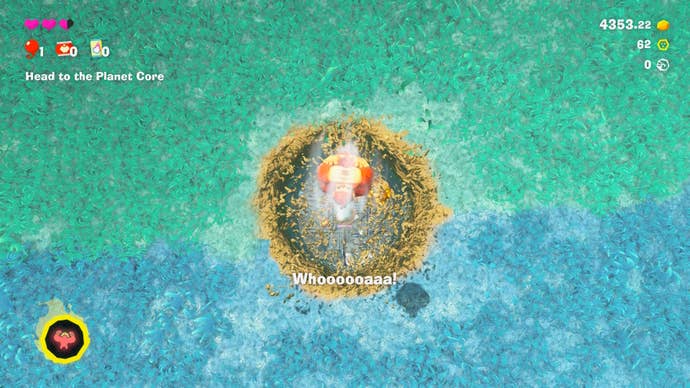
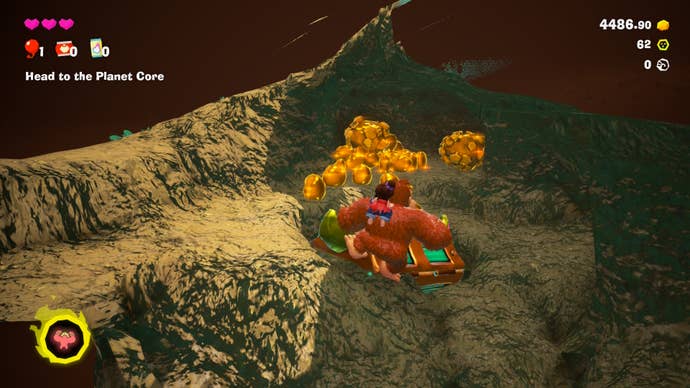
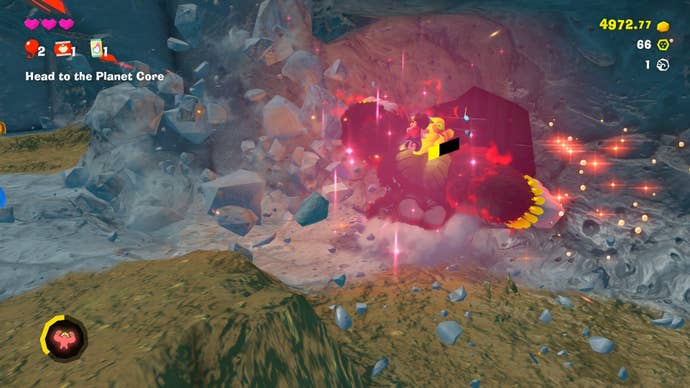
But there’s something deeper: Nintendo makes nearly perfect games, games that seem hermetically sealed in the sense that every thing the player might do has been anticipated and sometimes countered in advance. But within that, rather subversively, Nintendo also revels in the idea of allowing the player to go out of bounds. Think of Super Mario Bros, another game that delighted in Donkey Kong Bananza’s approach to destructible environments, and which let players climb to the top of the screen, up where the score was kept, and jog past an end-of-level pipe to get to a secret warp zone. Think of the recent Zelda in which the best new skill, Ascend, was born from debug modes and allows Link to thrust himself through level geometry in a way that might easily end up breaking the game completely.
This kind of thinking lies at the core of Donkey Kong Bananza, but there’s something else too. More than anything, this new Donkey Kong game reveals a side to Nintendo that is breezy, supremely confident, and willing to show that confidence in the things it simply doesn’t care about anymore. So the camera looks weird as it tries to keep up? So the player might skip past planned level design and just do whatever they want? So the player might endlessly pulverise quest givers just for the heck of it? Donkey Kong Bananza, with its offering of freedom and power, with its bizarre visuals and energetic-and-just-good-enough mid-rock-viewpoint camera system, says that it doesn’t care. Not at all. Just as long as you’re having fun.
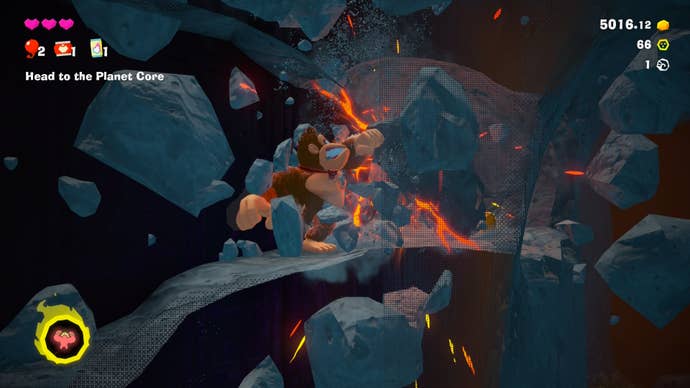
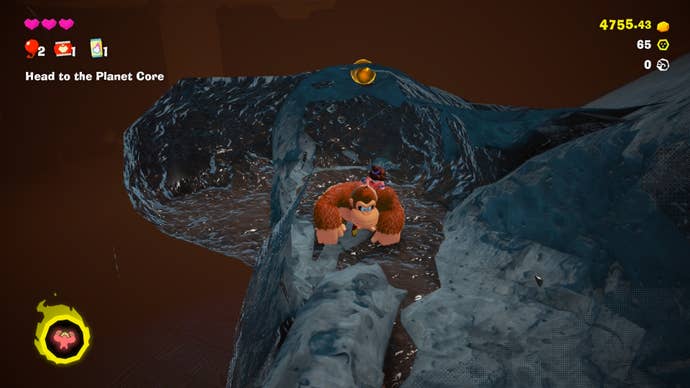
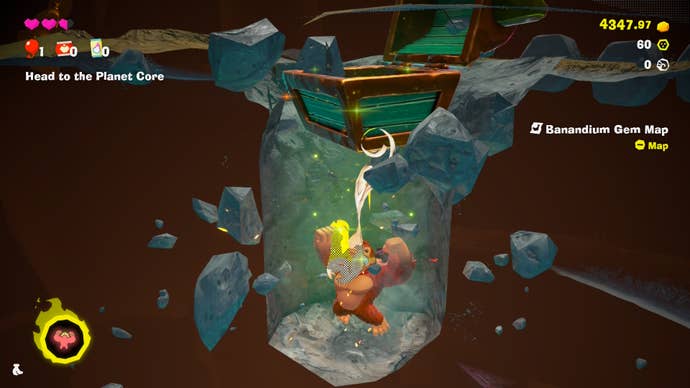
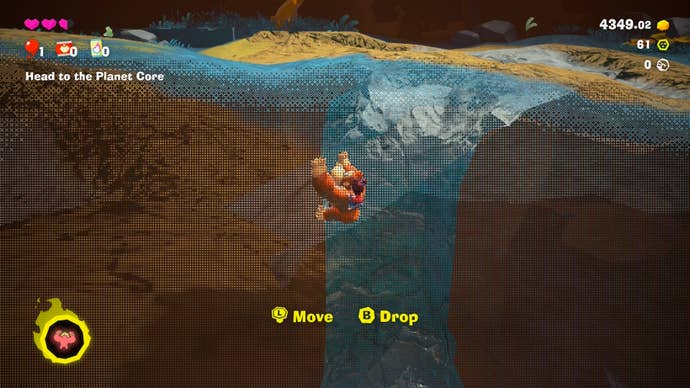
Cor, frankly. That’s experience in game design speaking. And in speaking so loudly and clearly, Donkey Kong Bananza feels like the loosest, and most exciting video game Nintendo has made in an age. I’m completely in love.



